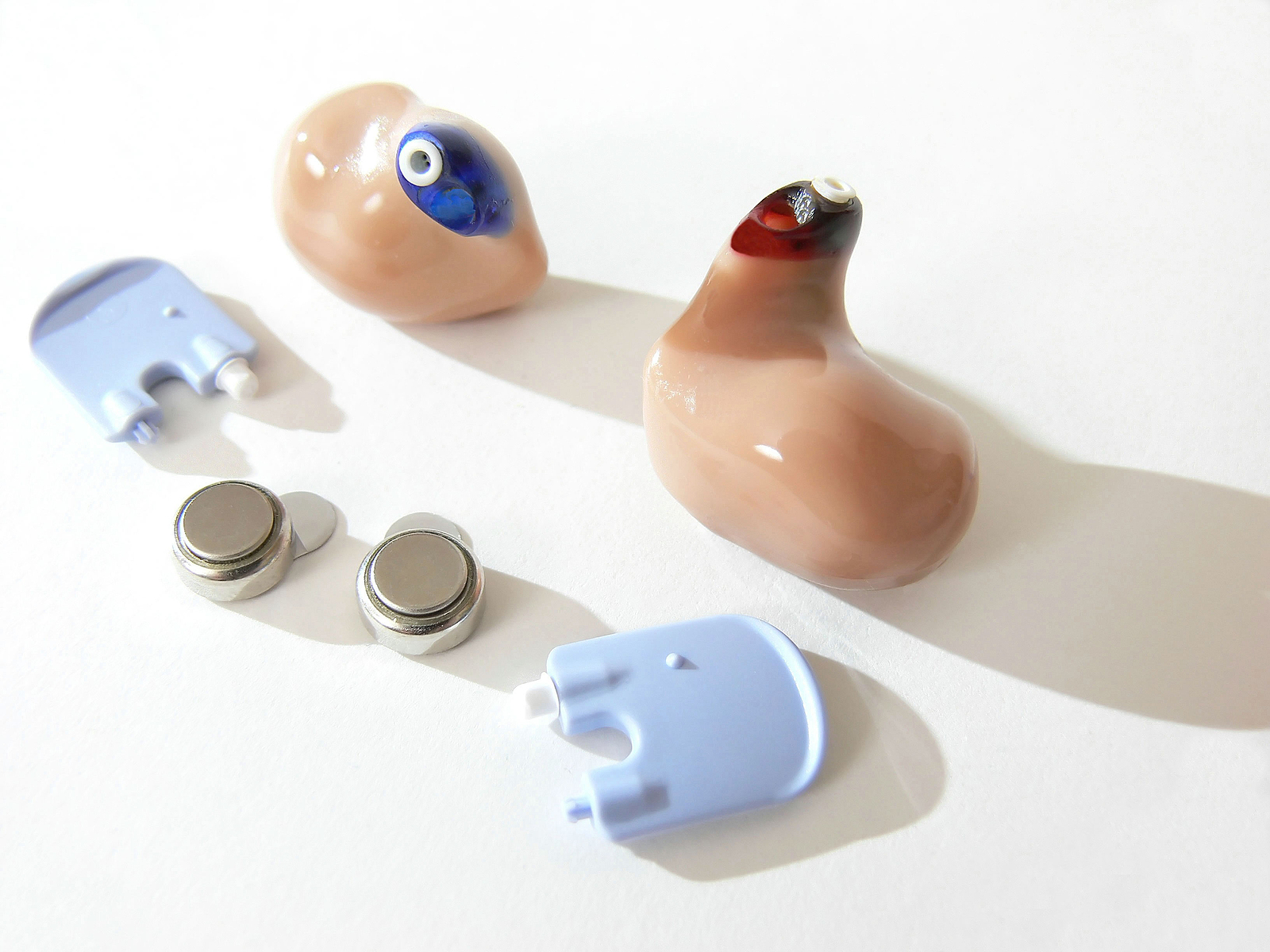
Hearing aids are an important and exciting investment in your health and wellness. Today’s hearing aids, similar to most electronic devices, have experienced significant innovation over the years. There is a wide range of styles, features, and technologies that are designed to create the optimal hearing experience in your everyday life. With so many options, choosing a device can be overwhelming. Our team is here to provide you with expert informed support that can help you navigate your options. It is also useful to learn more about hearing aid features so you can get a better sense of the technologies you are interested in. A few of the most common features includes the following:
- Bluetooth connectivity. Wireless connectivity is a sought after feature that allows the integration of electronic devices. Using Bluetooth technology, hearing aids can wirelessly connect to other audio sources that are Bluetooth enabled – including devices like the TV, smartphone, speaker etc. This allows the hearing aid to stream audio directly from those sources which can then be adjusted in specific ways to meet the wearer’s hearing needs. Having the sound waves from these sources directly feed into your hearing aid means they can go through and be adjusted in the ways your device is programmed to do.
This enhanced connectivity enables people to participate in everyday activities like
watching TV or listening to music with much greater ease and comfort. People don’t
have to argue with loved ones about the volume on the TV or struggle through listening
to a podcast with the help of this feature. It also makes taking phone calls much easier. When a phone call comes through, all one needs to do is press a button on the hearing aid to connect the call which enables hands-free phone calls.
- Telecoils. Known as T-coils, this feature is not a newer technology but is an important feature that increases accessibility in public spaces. There are copper wires that are built into hearing aids that function as a receiver. This allows the device to connect with assistive listening devices (specifically hearing loops) in public settings. Places like banks, airports, auditoriums, theaters etc. use hearing loops to specifically support people with hearing challenges. Soundwaves from an audio source in these spaces emit a current that the T-coil feature on hearing aids can tap into to directly connect to that audio. This supports hearing in more challenging environments which helps make these public settings more accessible.
- Rechargeable battery. All hearing aids have a power source which allows them to operate. They are either powered by disporible batteries or a rechargeable battery. Rechargeable battery options are becoming more common and desired. Many of the electronic devices we use today function with a built-in rechargeable battery – smartphones, reading tablets, laptops etc. This enables the device to be plugged into a charging unit which charges the battery. A hearing aid with a rechargeable battery offers several benefits including a longer battery life.
Rechargeable batteries are made using lithium-ion which can last up to 30 hours before needing to be recharged. A rechargeable option can also last up to 5 years before needing to be replaced. This differs from disposable batteries which need to be regularly replaced every few days to one week. Rechargeable batteries offer a sustainable option that saves costs and is easy to use.
- Digital noise reduction. This feature separates background noise from speech and then processes these sounds differently. Background noise is reduced and minimized which helps deliver sharper sound quality. This is particularly helpful in environments with more background noise. This feature supports hearing in noisier settings which is a common challenge people with hearing loss experience.
- Virtual assistant & apps. Many of today’s hearing aids also come with a downloadable app that allows people to easily manage their hearing aid settings. This also often features a virtual assistant which wearers can easily access for support adn to perform basic functions.
Today’s hearing aid features highlight exciting advancements in hearing aid technology. Knowing more about your options can best help you make an informed decision when selecting a hearing aid. Contact us to learn more about the features that can optimally support your hearing health.
